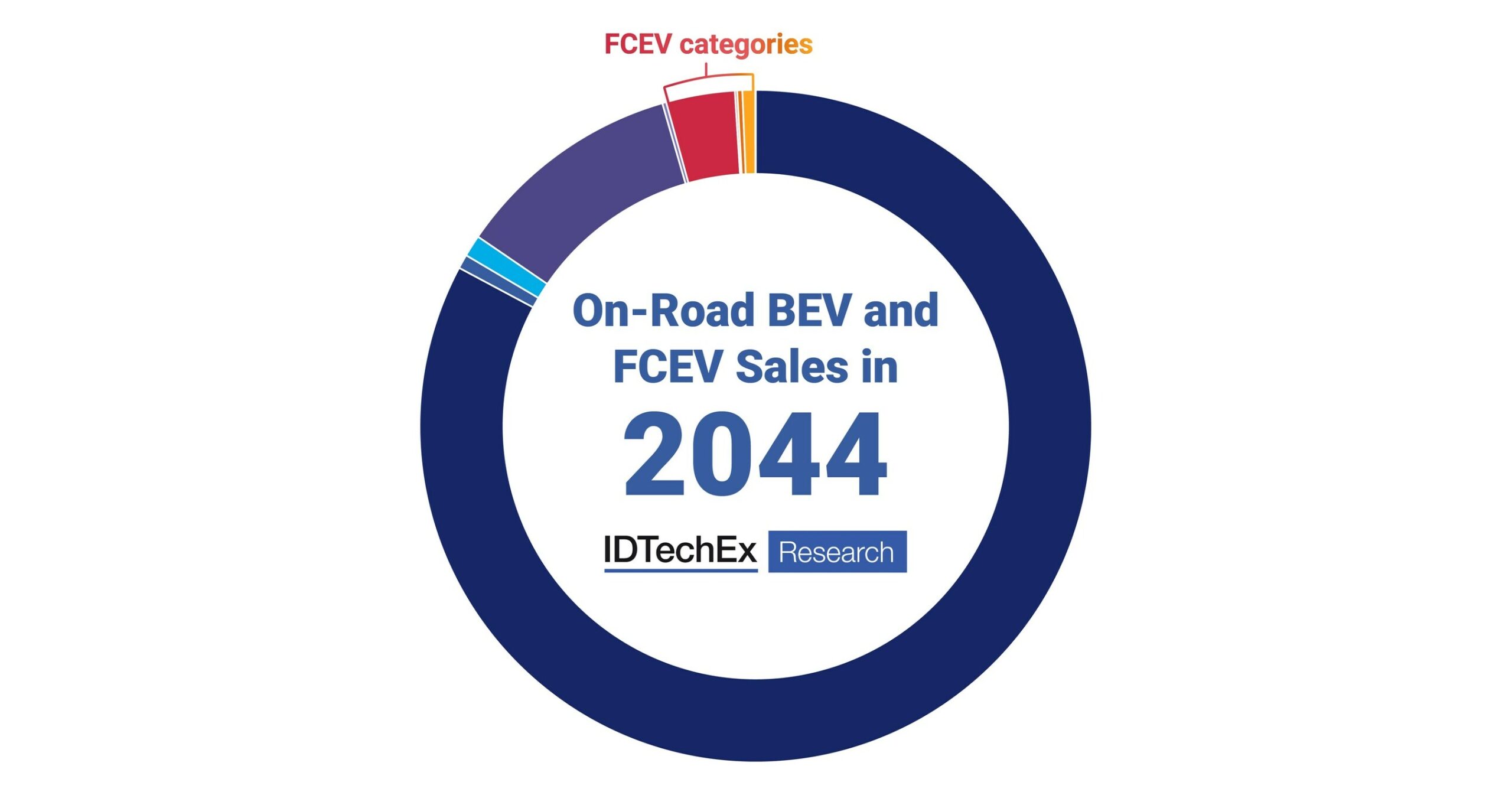Fuel Cell Electric Vehicles (FCEVs) face an uphill battle in the passenger car market, with limited adoption compared to Battery Electric Vehicles (BEVs). In 2022, FCEVs accounted for a mere 0.2% of zero-emission car sales. Challenges include high upfront costs, lack of hydrogen infrastructure, and the cost disparity in running compared to BEVs.
Cost Disparity: A Significant Hurdle
IDTechEx estimates indicate that running a Tesla Model 3 could cost around US$0.04/mile, while a Toyota Mirai, an FCEV, may cost US$0.21/mile. High operating costs, coupled with the substantial upfront price difference, make FCEVs a tough sell for consumers.
Infrastructure Gap: Hydrogen Filling Stations
The limited number of hydrogen filling stations globally (approximately 1,100 as of June 2023) adds to consumer apprehension. While there is potential for growth with increased hydrogen availability, FCEVs are expected to remain a marginal player in the zero-emission passenger car market.
Light Commercial Vehicles: Limited Growth Prospects
Similar to passenger cars, the light commercial vehicle (LCV) segment presents challenges for FCEVs. The total cost of ownership (TCO) is a crucial factor, and with BEV ranges meeting the majority of LCV requirements, the advantages of FCEVs, such as longer range and faster refueling, become less significant.
Specific Use Cases: Niche Growth Opportunities
FCEV LCVs may find opportunities in regions with strong government backing for hydrogen economies and on longer-range delivery routes. However, their widespread adoption in the near term remains limited.
Buses: Hindered by Cost and Competing Technologies
While commercially available, FCEV buses face hurdles such as high upfront costs compared to BEV counterparts. Additionally, the challenge of producing sufficient green hydrogen poses a significant obstacle.
Competing Technologies: BEV Advancements
BEV buses continue to improve, with advancements in batteries, charging infrastructure, and operational optimizations. FCEVs struggle to keep pace, limiting their potential in the city bus segment. Some potential lies in intercity coach applications.
Trucks: A Potential FCEV Stronghold
The heavy-duty truck market emerges as a potential stronghold for FCEVs. Concerns about large batteries limiting range and loading capacity for BEV trucks may create opportunities for FCEVs.
Operating Costs and Efficiency: Key Considerations
Low-cost green hydrogen availability is crucial for the economic viability of FCEV trucks. While operating costs and efficiency favor BEVs, there are long-haul routes where FCEVs could find a niche.
Forecasted Growth: FCEVs in Heavy-Duty Truck Market
IDTechEx predicts FCEVs to constitute 19% of the zero-emission heavy-duty truck market in 2044. Despite the dominance of BEVs, FCEVs have a greater opportunity in this segment.
Conclusion: Navigating FCEV Challenges
While FCEVs have struggled to gain significant traction, opportunities remain in specific niches. Addressing cost challenges, improving hydrogen infrastructure, and identifying niche applications are essential for the potential growth of FCEVs in the broader landscape of zero-emission transport.
Source: prnewswire.com





